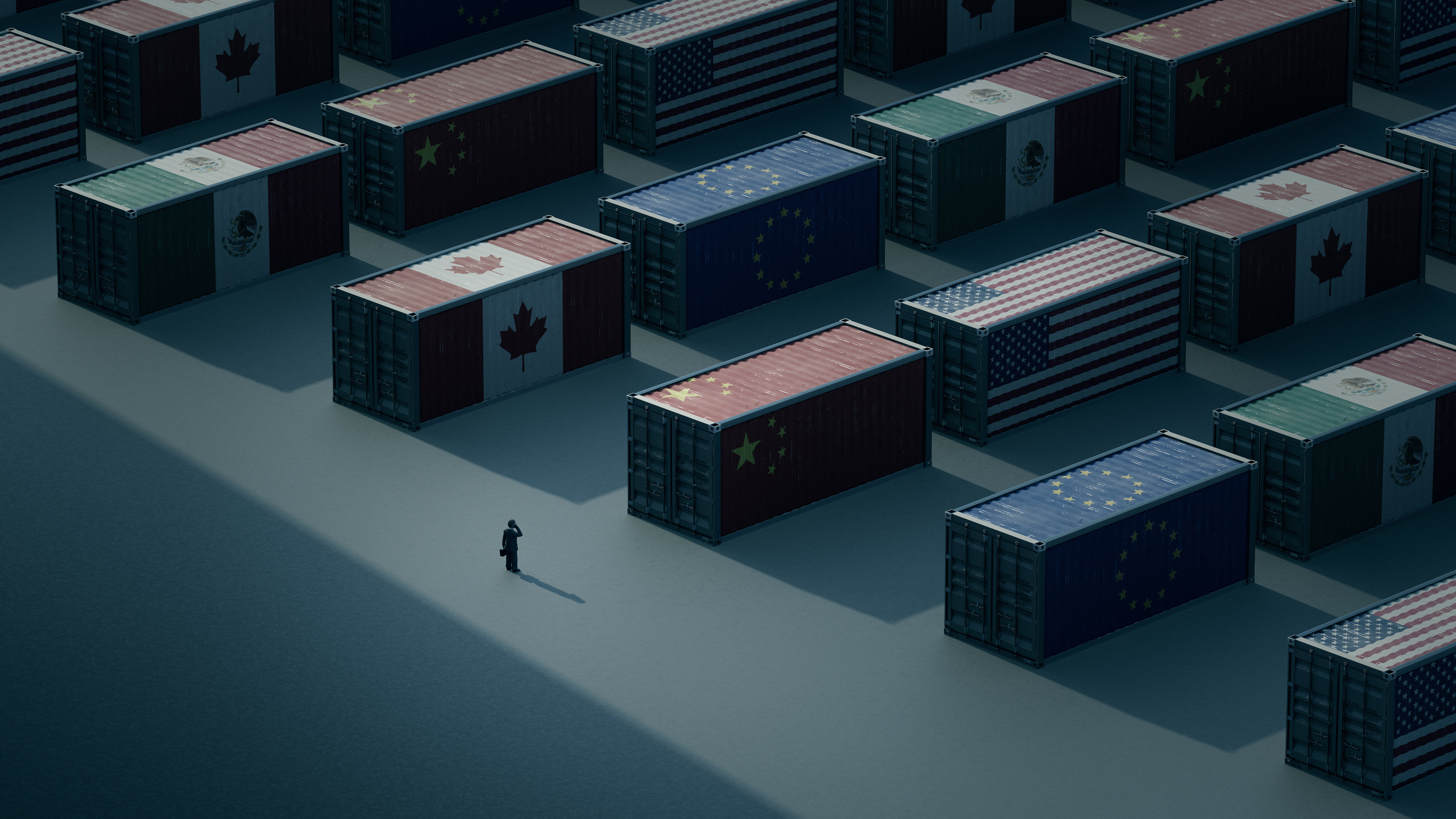Retailers are feeling the pressure as trade tariffs shake up pricing strategies, inventory management and supply chain stability. With shifting trade policies, rising costs and unpredictable economic conditions, it’s more important than ever to find better ways to adjust pricing without sacrificing revenue. AI-powered solutions are stepping in to help retailers face these challenges head-on with precision and flexibility.
Here are five key ways AI is helping retailers navigate tariffs and make intuitive pricing decisions:
1. Dynamic pricing to protect margins
 As tariffs increase the cost of imported goods, retailers are being forced to rethink how they set prices. Traditional pricing strategies are static, but AI-driven dynamic pricing adjusts based on market conditions and customer demand. AI models take into account things like price elasticity, competitor pricing and consumer behavior to find the sweet spot for pricing. This enables retailers to adjust pricing without affecting demand and ensuring costs are recovered without losing loyal customers.
As tariffs increase the cost of imported goods, retailers are being forced to rethink how they set prices. Traditional pricing strategies are static, but AI-driven dynamic pricing adjusts based on market conditions and customer demand. AI models take into account things like price elasticity, competitor pricing and consumer behavior to find the sweet spot for pricing. This enables retailers to adjust pricing without affecting demand and ensuring costs are recovered without losing loyal customers.
AI doesn’t just react to price changes, it anticipates them. By integrating external factors like political shifts, trade agreements and economic pressures, AI helps retailers see the trade offs of the price changes by running scenarios, and making strategic market adjustments rather than panic reactions.
2. Strategic discounts with price elasticity models

Retailers have to be strategic about when and how they offer promotions to protect margin. AI-powered price elasticity models show how pricing changes will affect demand, allowing retailers to optimize markdowns and promotional discounts. Instead of offering blanket discounts, AI identifies which products can handle price increases and where discounts should be applied to drive more revenue.
For example, AI can analyze past sales to see where small price increases had minimal effect on demand. It also takes into account factors like seasonality, product availability and customer sentiment to create a more dynamic pricing approach.
3. Competitive pricing in real-time
 Staying ahead of competitors and market trends is key. AI-powered competitive pricing tools track competitor price moves, market shifts and customer demand signals, giving retailers real-time insights for better pricing decisions. This helps retailers stay competitive while maintaining healthy margins, even as trade policies evolve.
Staying ahead of competitors and market trends is key. AI-powered competitive pricing tools track competitor price moves, market shifts and customer demand signals, giving retailers real-time insights for better pricing decisions. This helps retailers stay competitive while maintaining healthy margins, even as trade policies evolve.
With AI doing the heavy lifting of data collection and analysis, retailers can track competitor price movements across multiple sales channels, from brick-and-mortar stores to e-commerce platforms. This intelligence empowers retailers to make precise, data-backed pricing decisions that not only respond to competitor actions but also reinforce brand value and pricing power.
4. Assortment optimization for reduced risks
 As tariffs drive up costs, retailers must reassess their product assortments to focus on high-performing SKUs. AI-powered assortment planning identifies top-selling , smooths for lost sales, and flags underperformers, ensuring retailers invest in the right inventory. By reducing assortment width and prioritizing high-demand items, retailers can avoid overcommitting to costly inventory while ensuring their pricing strategies remain effective. This approach minimizes excess stock, optimizes product placement and strengthens overall profitability.
As tariffs drive up costs, retailers must reassess their product assortments to focus on high-performing SKUs. AI-powered assortment planning identifies top-selling , smooths for lost sales, and flags underperformers, ensuring retailers invest in the right inventory. By reducing assortment width and prioritizing high-demand items, retailers can avoid overcommitting to costly inventory while ensuring their pricing strategies remain effective. This approach minimizes excess stock, optimizes product placement and strengthens overall profitability.
Plus, AI can predict shifts in consumer demand based on trends, seasonality and broader economic changes. This means retailers can make more informed stocking decisions and avoid inventory imbalances that lead to markdowns or stockouts. The ability to dynamically adjust assortments based on AI insights ensures that retailers remain agile in an ever-changing marketplace.
5. Scenario planning for supply chain agility
 AI-powered scenario planning lets retailers simulate different outcomes—whether it’s tariff increases, changes in suppliers or disruptions in the supply chain. This gives retailers the flexibility to adjust pricing and strategy as things evolve, keeping margins intact and helping manage risks.
AI-powered scenario planning lets retailers simulate different outcomes—whether it’s tariff increases, changes in suppliers or disruptions in the supply chain. This gives retailers the flexibility to adjust pricing and strategy as things evolve, keeping margins intact and helping manage risks.
For example, if a new tariff is introduced, AI can quickly assess alternative suppliers, taking into account transportation costs and lead times. This predictive modeling gives retailers the upper hand in supply chain planning and pricing, ensuring that they’re always prepared for whatever comes next.
Future-proofing with AI-powered retail pricing
Tariffs may come and go, but with AI, retailers are staying ahead of every shift. From dynamic pricing and smarter discounting to competitive intelligence and supply chain agility, AI is changing the way retailers respond to economic uncertainty. The secret to resilience is data-driven decision-making—not just reacting, but proactively optimizing pricing strategies for long-term success. Retailers who embrace AI-driven pricing will not only protect their margins but will also build stronger customer loyalty and brand equity. As trade policies shift and new challenges arise, AI will be the key to staying in control and moving forward with confidence.
